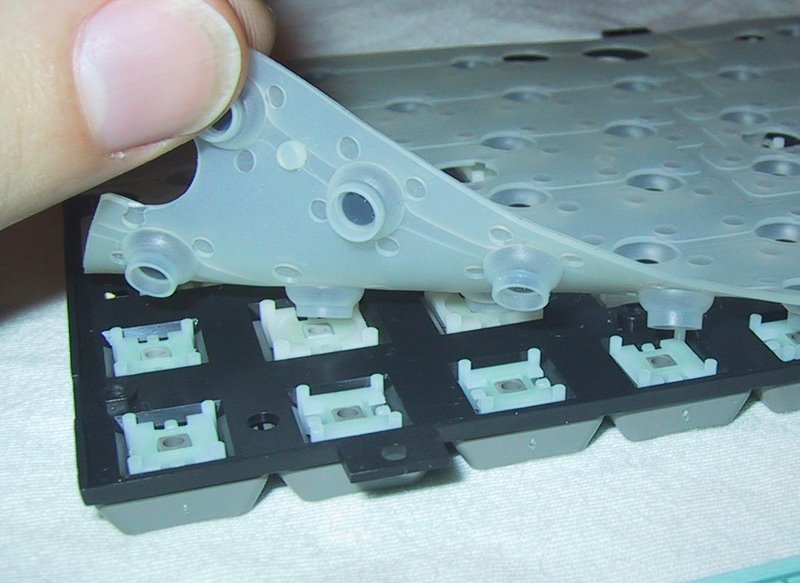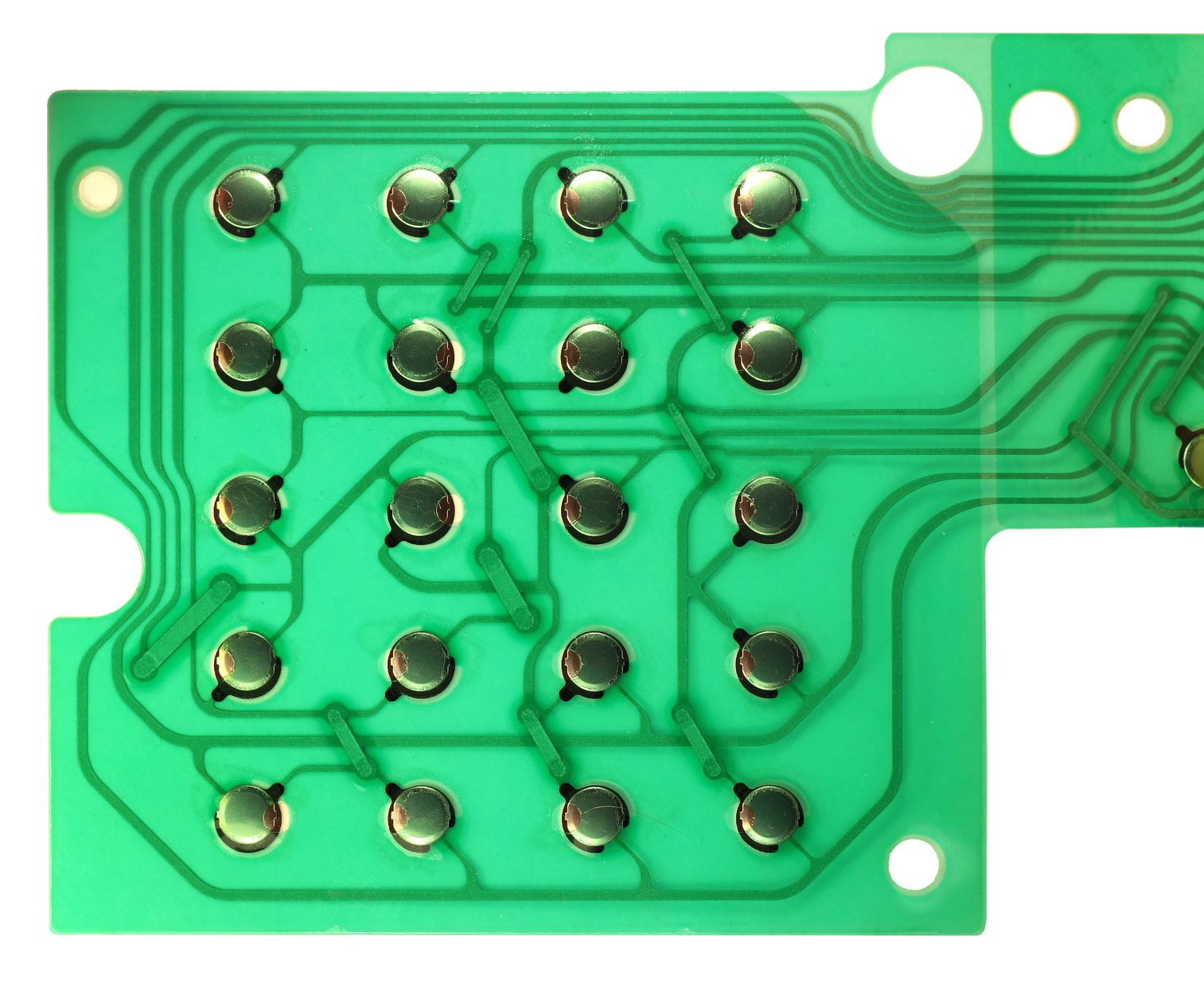Leading Advantages of Integrating a Membrane Switch Into Your Digital Devices
Leading Advantages of Integrating a Membrane Switch Into Your Digital Devices
Blog Article
Understanding the Capability of Membrane Switches Over for Interface Tools
The performance of membrane layer changes represents a substantial improvement in user interface style, incorporating performance with aesthetic adaptability. As sectors increasingly focus on individual experience, understanding the nuances of membrane button modern technology ends up being important.
What Are Membrane Layer Buttons?
Membrane buttons are cutting-edge user interface gadgets that facilitate customer interaction with electronic equipment. These versatile parts are composed of multiple layers, consisting of a graphic overlay, spacer, and a printed circuit layer. The design enables for a smooth combination right into different digital tools, improving both the aesthetic and useful aspects of interface.
Membrane layer buttons are frequently employed in a variety of applications, from home appliances to industrial machinery and clinical tools. Their building typically features a slim account, making them an ideal selection for portable layouts. The responsive comments offered by these buttons can be engineered to fulfill specific customer choices, ensuring reliable communication between the individual and the device.
Toughness is another considerable advantage of membrane layer buttons, as they are immune to dust, wetness, and chemicals, which improves their lifespan in demanding environments. Additionally, these buttons can be tailored in terms of shape, dimension, and visuals style, enabling branding and user-specific attributes. Overall, membrane changes stand for a functional option for improving customer experience in digital tools, incorporating performance with aesthetic appeal in a reliable manner.
Exactly How Membrane Switches Work
Operating on a straightforward principle, membrane layer changes make use of a split construction to register individual input efficiently. Each button contains several layers, consisting of a published circuit layer, a spacer layer, and a top visuals layer, which are made to work with each other effortlessly. When an individual presses the top layer, it compresses the spacer layer, bringing the conductive elements of the circuit layer right into call with each other.
This contact creates a closed circuit, indicating the tool to perform a specific function. The style enables various setups, consisting of tactile feedback, which can improve the user experience by supplying a physical feeling upon activation. The products utilized in membrane switches often consist of flexible substrates, such as polyester or polycarbonate, which make certain sturdiness and durability versus deterioration.

Key Benefits of Membrane Layer Buttons

An additional considerable benefit is their compactness. Membrane layer buttons are slim and light-weight, which enables makers to save space in their tools without sacrificing functionality. This attribute is especially valuable in applications where weight and quantity are crucial factors to consider.
Furthermore, membrane buttons are resistant to dirt, wetness, and chemicals, improving their sturdiness. This strength expands their life-span and lowers the need for frequent replacements, causing price savings gradually.
Moreover, the responsive responses given by membrane switches can be enhanced to boost individual interaction. They can consist of features such as increased buttons or distinct clicks, boosting usability and individual experience.
Applications Across Industries
Customer interface devices using membrane switches are prevalent in a broad array of sectors, showcasing their versatility and performance. Membrane Switch. In the medical sector, membrane layer buttons are important my explanation to gadgets such as analysis tools and individual surveillance systems, where their longevity and convenience of cleaning are vital for preserving hygiene requirements. In a similar way, in the automobile industry, these buttons are used in control panel controls and infomercial systems, providing a streamlined and modern user interface for users.
In addition, the consumer electronic devices sector advantages from membrane layer switches in appliances and handheld gadgets, where small layout and straightforward interfaces boost individual experience. Industrial applications additionally take advantage of membrane switches for control board in machinery and automation systems, emphasizing their toughness and resistance to harsh settings.
In the aerospace and protection industries, membrane buttons are used in cockpit controls and tools, where dependability and performance under extreme problems are vital. In addition, the gaming market progressively includes membrane layer buttons in controllers and arcade devices, adding to an engaging individual experience. In general, the flexibility of membrane layer changes enables their widespread usage throughout various sectors, emphasizing their value in modern user interface layout.
Future Fads in Membrane Layer Switch Over Innovation

In addition, using innovative products, such as polycarbonate and polyester movies, is expected to climb, supplying enhanced durability and resistance to environmental stress factors. These products contribute to the overall see here long life of membrane layer buttons, making them suitable for harsher industrial applications.
Furthermore, the unification of wise innovation, consisting of IoT connection, will certainly allow membrane buttons to connect with various other tools More Help and systems, helping with a much more interactive user experience. This fad aligns with the growing demand for clever tools throughout different markets, from health care to customer electronic devices.
Last but not least, customization options are prepared for to broaden, permitting manufacturers to create bespoke solutions customized to specific customer needs and preferences. These growths will position membrane layer switches as vital parts in the evolution of interface innovation.
Verdict
In conclusion, membrane layer changes represent a pivotal advancement in customer interface modern technology, using a dependable and functional service for varied electronic applications. As innovations in product scientific research and touch noticing technologies continue, the capability and applicability of membrane layer buttons are anticipated to broaden, enhancing their importance in modern electronic devices.
Report this page